10 Years 10 Films (10Y10F) is a project to display embedded YouTube selections of world cinema. This is part one of a series that gives the viewer a quick time-lapse view of how movie technology and style has developed throughout the world – one clip each year – from 1888 through 2017, starting with the foundations to see how filmmakers build upon or deconstruct them.
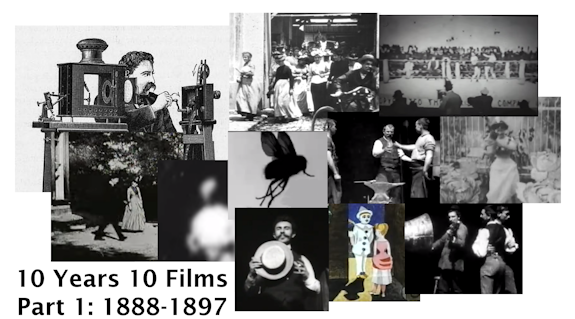
1888 is a somewhat arbitrary year to begin this series, but it evens out the decades to finish up 130 years later. Since there was no reliable way to project movies until 1896, most of this post is considered “pre-cinema.” 1896 was also the year that movies were shown outside of Europe and the United States, so as more people used the new medium, it developed (no pun intended) more quickly. Perhaps too quickly, as filmmakers didn’t take the time to preserve what they had created; Martin Scorcese’s Film Foundation has estimated that half of all American films made before 1950 and over 90% of films made before 1929 are lost. The ones that remain are a gift that allows us to go back in time.
Click on the Expand arrow for more details and additional films of note for that year. Disclaimers, the YouTube playlist of the 10 films highlighted here, and links to helpful websites are at the end of this post.*
10Y10F Series:
I 1888-1897, II 1898-1907,
III 1908-1917, IV 1918-1927,
V 1928-1937, VI 1938-1947,
VII 1948-1957 …
/ Collapse All ˄
1888 – Roundhay Garden Scene (Le Prince; France)
Four figures walk in circles within a garden. Recorded on October 14th and considered the oldest surviving (although incomplete) film in existence. Le Prince has been heralded as the Father of Cinematography despite his mysterious disappearance in 1890 and Edison’s subsequent claim as the sole inventor of cinematography. Expand
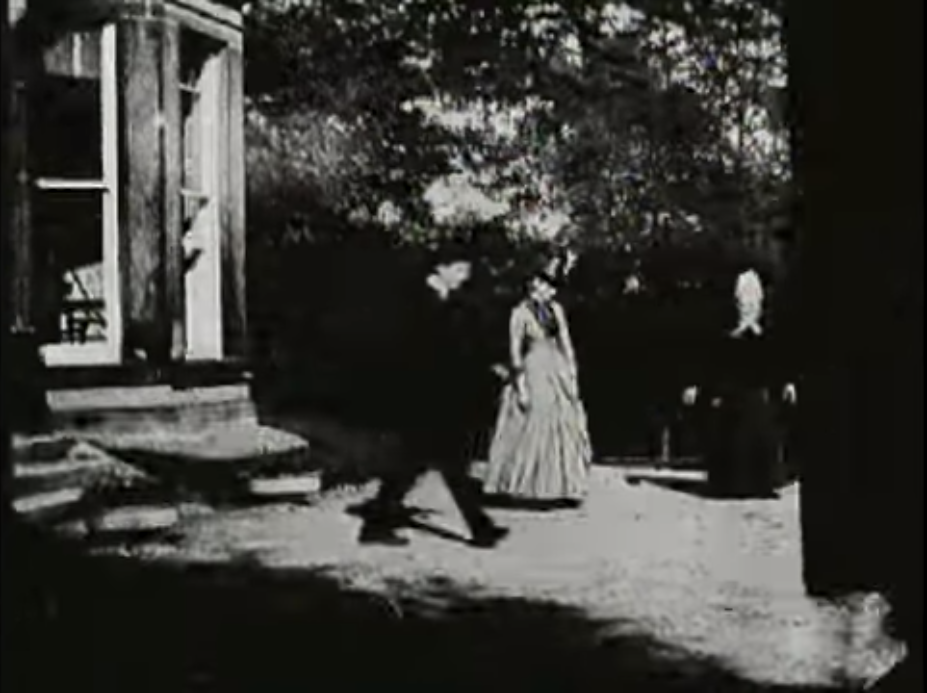 2sec. Louis Le Prince. Leeds, England. MkII single-lense camera, paper film.
2sec. Louis Le Prince. Leeds, England. MkII single-lense camera, paper film.
World events in 1888: The Washington Monument opens. Jack the Ripper murders his last victim. Van Gogh cuts off his left ear. German film director F. W. Murnau born.
1889? Monkeyshines, No. 1 (Dickson & Heise; New Jersey)
A blurred figure waves his arms for the camera. 1888-1890 were very experimental years with multiple inventors trying to create a viable moving camera device. William K.L. Dickson was Thomas Edison’s photographer and became the principle designer of their Kinetoscope. Expand
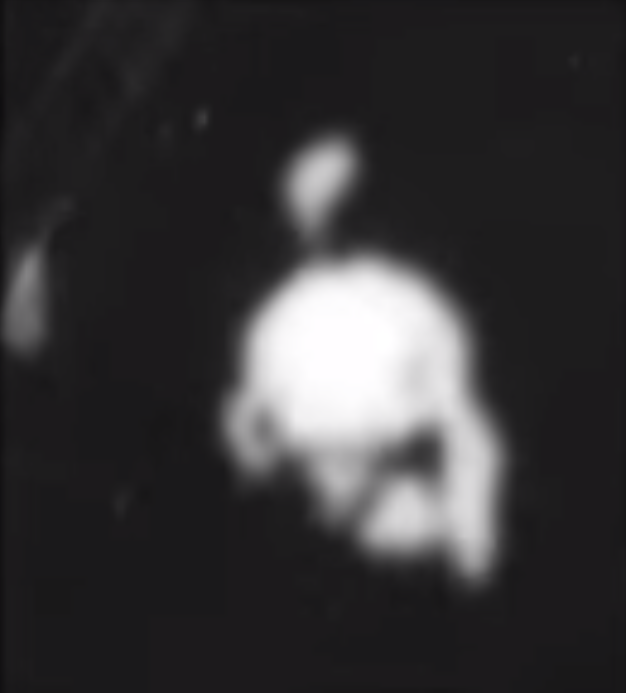 30sec. William K.L. Dickson & William Heise. Edison labs, USA. Kinetoscope, microscopic photosensitive paper sheets wrapped around a cylinder. Possibly 1890.
30sec. William K.L. Dickson & William Heise. Edison labs, USA. Kinetoscope, microscopic photosensitive paper sheets wrapped around a cylinder. Possibly 1890.
Other film(s): Though now considered lost, Englishman William Friese-Greene produced two short clips on his patented “chronophotographic” camera (Hyde Park Corner; Leisurely Pedestrians, Open Topped Buses and Hansom Cabs with Trotting Horses). Daniel Slack has a great description of Friese-Greene’s work as part of his Every Year in Film series.
World events in 1889: Eastman Kodak begins commercial production of celluloid. The Eiffel Tower is inaugurated. Yellow fever interrupts the building of the Panama Canal. English filmmaker Charlie Chaplin born.
1890 – Fly (Marey; France) MISATTRIBUTED
I NEED TO REWORK THIS since it’s actually by Lucien Bull around 1904-1905. High frame rate film of a house fly taking flight. There is not much information about this particular video. Marey was an innovative doctor who created many photographic devices, usually focusing on how a body moves in time. Expand
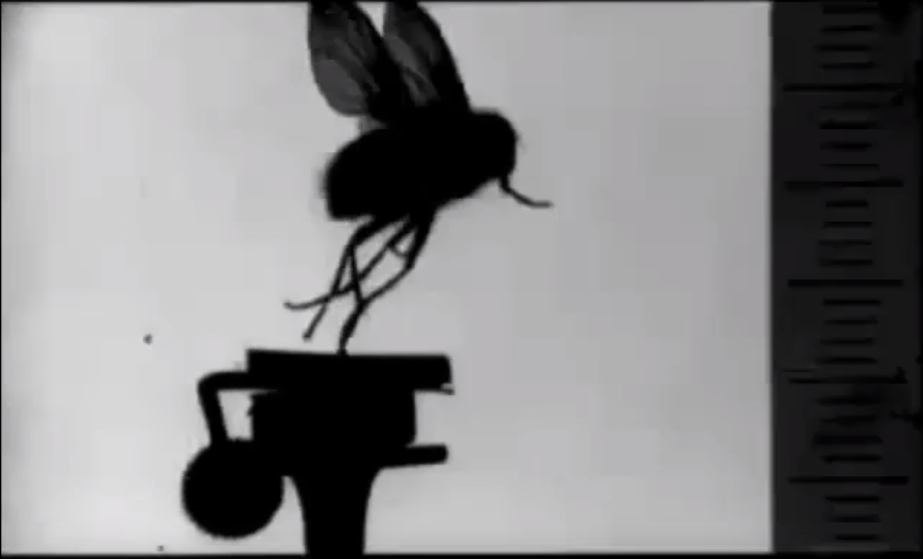 Mosquinha. 7sec. Étienne-Jules Marey.
Mosquinha. 7sec. Étienne-Jules Marey.
Other film(s): London’s Trafalgar Square (1sec. William Carr Crofts, Wordsworth Donisthorpe) A very brief scene of traffic in the square, the surviving ten frames of film are the earliest known motion picture of the city; Wikimedia gif.
World events in 1890: Wilde’s Picture of Dorian Gray published. Wounded Knee Massacre, South Dakota; these Lakota were the last Native Americans to be defeated and confined to a reservation. Swedish actress Naima Wifstrand born.
1891 – Dickson Greeting (Dickson; New Jersey)
Dickson moving his hat. It was shown with a prototype Kinetoscope at the Menlo laboratory for a convention of the National Federation of Women’s Clubs later that year. Expand
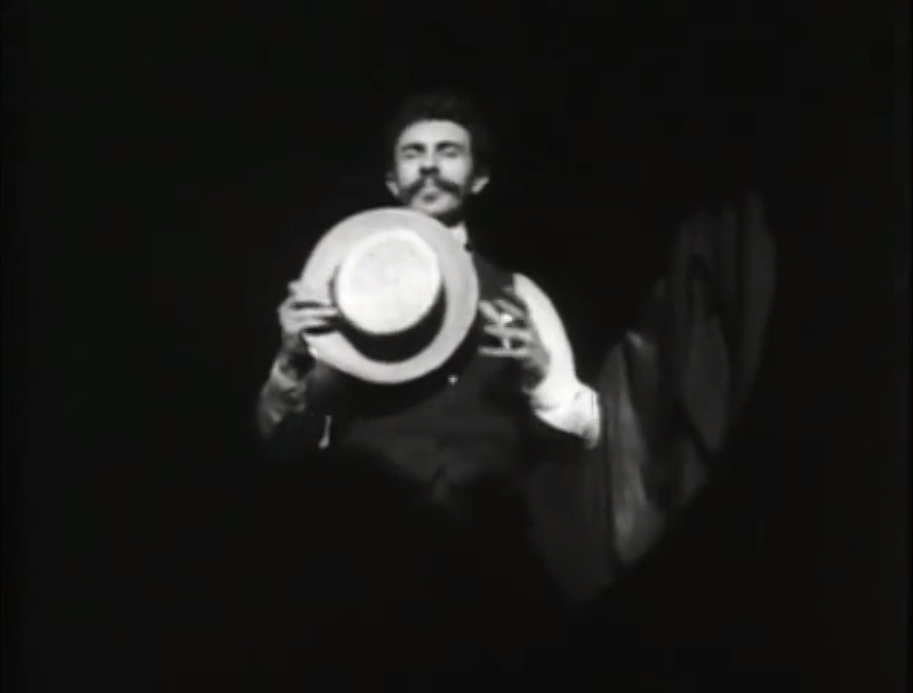 3sec. William K.L. Dickson. Edison labs, USA. Kinetograph, 3/4 in. celluloid.
3sec. William K.L. Dickson. Edison labs, USA. Kinetograph, 3/4 in. celluloid.
World events in 1891: Sherlock Holmes appears in print for the first time. The Tesla coil patented. Writer and film documentarian Zora Neale Hurston born.
1892 – Poor Pete (Reynaud; France)
Two lovers meet. A third man, Pierrot, comes to sing to the woman, but is scared off by her lover. While Dickson and the Lumières’ work dominates this first decade of film, Reynaud’s innovative animations and projection device were ahead of the pack with exhibitions up to 15 minutes long. Expand
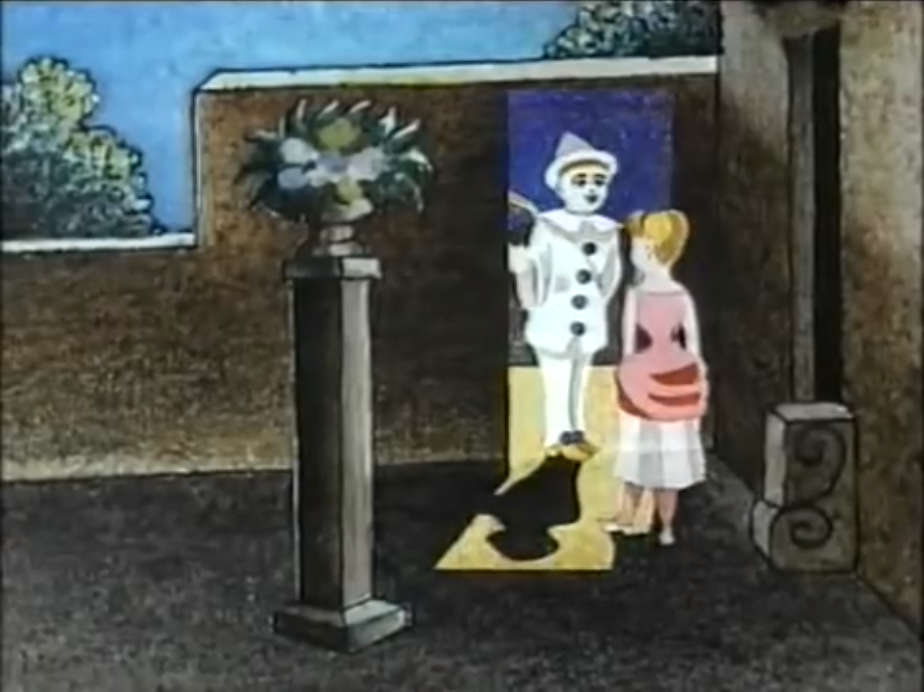 Pauvre pierrot. 4min. Charles-Émile Reynaud. Paris, France. Théâtre Optique, 6 x 6 cm gelatin plates in fabric and cardboard strips.
Pauvre pierrot. 4min. Charles-Émile Reynaud. Paris, France. Théâtre Optique, 6 x 6 cm gelatin plates in fabric and cardboard strips.
World events in 1892: Ellis Island begins accommodating immigrants to the United States. The Nutcracker ballet with music by Tchaikovsky has its premiere. Canadian-American actress and producer Mary Pickford born.
1893 – Blacksmith Scene (Dickson, New Jersey)
A blacksmith works a piece of hot metal with two assistants. Each share a bottle of something to drink between hammering sessions. Shot in Edison’s Black Maria studio circa April 1893. This film has many “firsts” associated with it, but it is primarily a demonstration of Edison’s kinetoscope viewing device, ready to be reproduced commercially. Expand
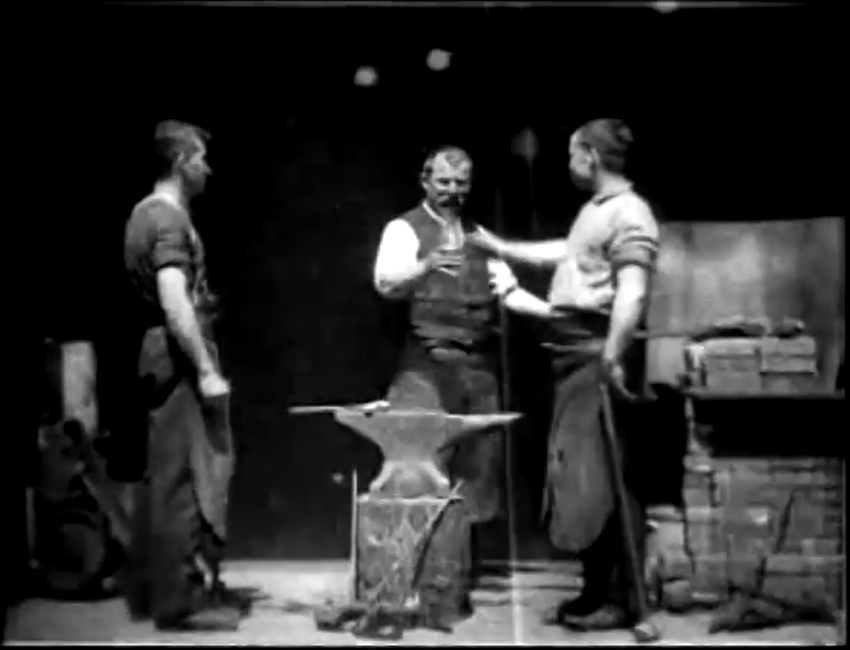 27sec. William K.L. Dickson. Edison labs, USA. Kinetograph, 35mm celluloid.
27sec. William K.L. Dickson. Edison labs, USA. Kinetograph, 35mm celluloid.
World events in 1893: Grover Cleveland sworn in as US president. Chicago becomes first American city to host the World’s Fair. American actress and screenwriter Mae West born.
1894? Dickson Experimental Sound Film (Dickson; New Jersey)
Dickson plays a violin into a recording horn while two men dance to the music. In the final seconds, a fourth man briefly crosses from left to right behind the horn. Edison and Dickson added a cylinder phonograph to their kinetoscope, calling it a kinetophone. Due to technical limitations over the next thirty years, sound innovation was set to the side in favor of advancing projection and other film-making techniques. Expand
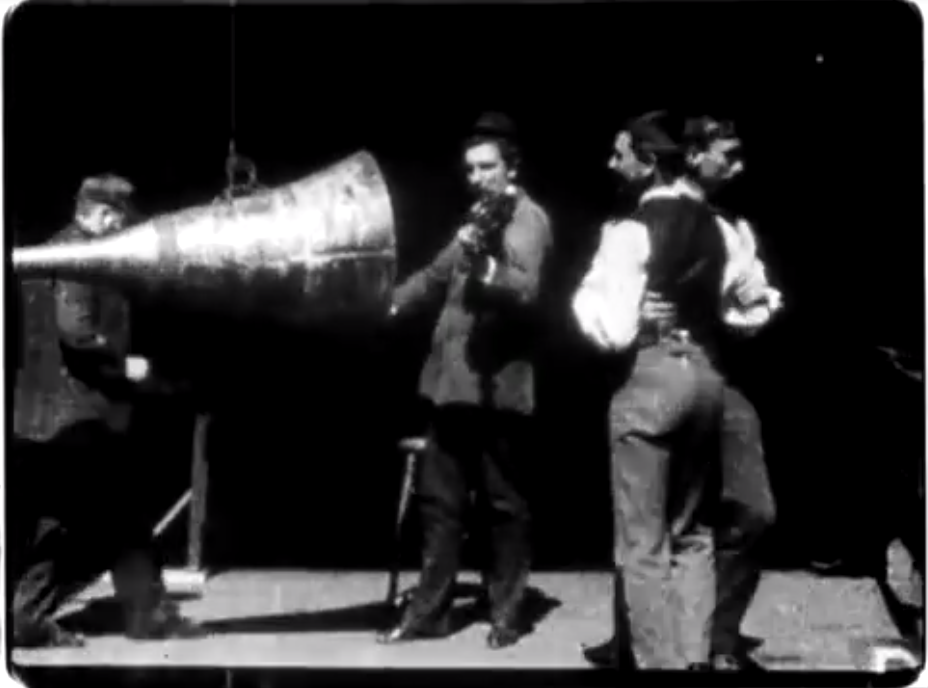 17sec. William K.L. Dickson. Edison labs, USA. Kinetograph, 35mm celluloid. Possibly early 1895.
17sec. William K.L. Dickson. Edison labs, USA. Kinetograph, 35mm celluloid. Possibly early 1895.
Other film(s): Falling Cat (5sec.) Étienne-Jules Marey continues his study of bodies in motion with a short film of a falling cat.
World events in 1894: Bottled Coca-Cola sold for the first time. Sadi Carnot, president of France, assassinated by an anarchist. Fire at Chicago World’s Fair destroys most of the remaining buildings. French filmmaker Jean Renoir born.
1895 – Workers Leaving the Lumière Factory [1] (Lumière; France)
Workers cross the gate of the Lumière plant and are followed by a carriage drawn by two horses. 1895 was the year cinema was truly born. This was the first film on the program of the Lumière brothers’ (Auguste and Louis) premiere public exhibition, December 28th. Their patented Cinématographe both recorded and projected 70 meters of celluloid “actualités” (mini-documentaries approx. 35-60 seconds long, hand-cranked) and they took hold of the world’s imagination. As with many films from this era, Lumière actualities were re-shot over the years. The best research concludes that this “two horse” version was shot on May 26th.
The 2015 LUMIÈRE Blu-ray (Region 2 only) is the only home video release I’ve been able to find of pre-1902 films restored in high definition (1080p from 4K scans). This compilation also includes part of my personal Lumière favorite, Arrival of a Train at La Ciotat (1897), another film with multiple versions. Expand
![Workers Leaving the Lumière Factory [1]. 1895.](http://zepfanman.com/wp-content/uploads/2017/11/Workers_Leaving_Lumiere_Factory-1895.png) La sortie de l’usine Lumière à Lyon. 45sec. Louis Lumière.
La sortie de l’usine Lumière à Lyon. 45sec. Louis Lumière.
Other film(s): Wintergartenprogramm (5min. Berlin, Germany. 44.5mm celluloid on twin-lens Bioscop.) While not normally credited as the first film projection in history, Max and Emil Skladanowsky exhibited this series of their films at the Wintergarten music hall throughout November 1895, more than a month before the Lumière screening. Stephen Barber has a great writeup on the Skladanowsky brothers at Senses of Cinema.
World events in 1895: Alfred Dreyfus’ degradation. Diesel engine patented. American actor Buster Keaton born.
(1896) 1900 – The Cabbage Fairy (Guy; France)
The director dances and picks babies out of a cabbage patch. Guy (who was later know as Guy-Blaché in America due to a film partnership with her husband Herbert Blaché) wrote, produced, and/or directed over 700 films and has only recently been recognized as one of the four major cinema innovators, alongside the Lumières, Edison’s crew, and Méliès. CORRECTION: This is the only existing segment of the 1900 “remake” of the 1896 film. Expand
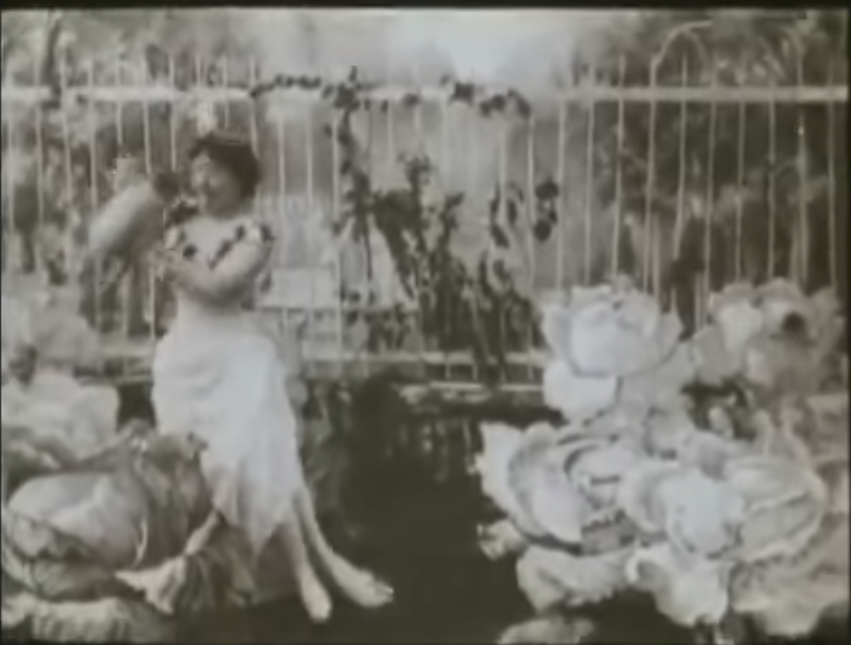 La fée aux choux. 60sec. Alice Guy.
La fée aux choux. 60sec. Alice Guy.
Other film(s): The House of the Devil (Le Manoir du diable) (3min. Paris, France.) Georges Méliès is well known for A Trip to the Moon (1902). He used his experience as a performer and magician to create some of the most fantastic films, starting in 1896.
World events in 1896: X-ray machines exhibited for the first time. The first modern Olympic games are held (but not filmed) in Athens. Plessy v. Ferguson: U.S. Supreme Court introduces the “separate but equal” doctrine and upholds racial segregation. American actor George Burns born.
1897 – The Corbett-Fitzsimmons Fight (Rector; USA)
A single-vantage view of all 14 rounds of a live boxing match. While only 20 minutes of footage has survived, this film is notable for its unprecedented 90-plus-minute original runtime, as well as the first widescreen film (1.65:1 aspect ratio). Update: The Library of Congress recently posted a 3-minute “best of” in 1080p HD quality! Expand
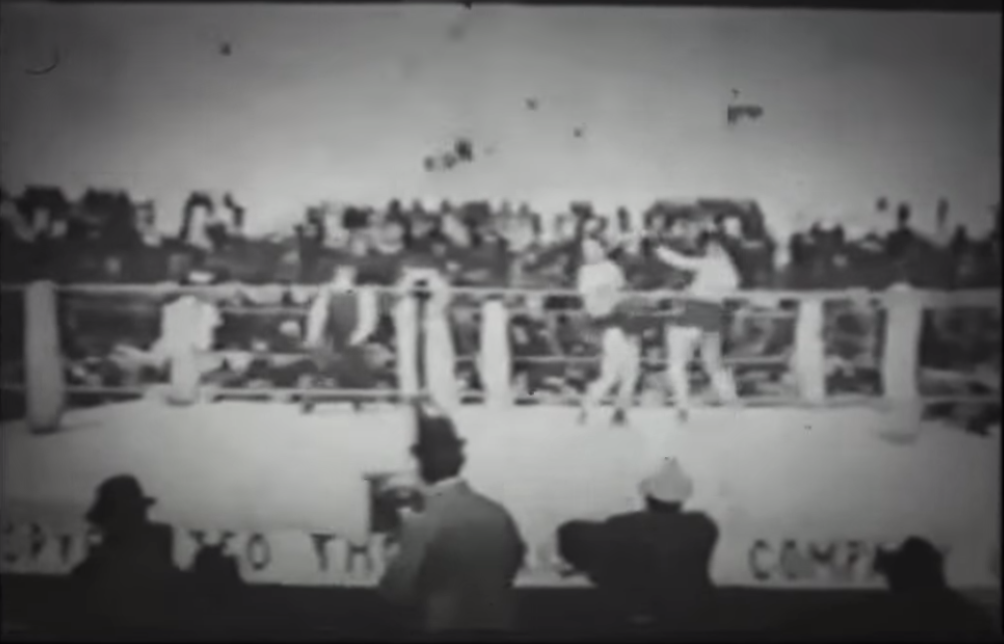 20min. Enoch J. Rector. Carson City, Nevada. 63mm celluloid on Veriscope, a 3-camera setup inside of a light-tight structure. Samuel Hawley has a detailed writeup about this film on The Bright Lights Film Journal as well as an entire book on it (The Fight That Started the Movies, 2016).
20min. Enoch J. Rector. Carson City, Nevada. 63mm celluloid on Veriscope, a 3-camera setup inside of a light-tight structure. Samuel Hawley has a detailed writeup about this film on The Bright Lights Film Journal as well as an entire book on it (The Fight That Started the Movies, 2016).
Other film(s): The Devil’s Castle (Le Château hanté) (40sec. Paris, France.) Méliès’ second “devil” film, and his first with hand-painted coloring.
X Rays aka The X-Ray Fiend (44sec. Brighton, England.) George Albert Smith was an English friend of Méliès and fellow pioneer of film effects. This film parodies the new X-ray invention.
World events in 1897: William McKinley sworn in as US president. J. J. Thomson announces his discovery of the electron as a subatomic particle. Dracula published. Australian-born actress Dame Judith Anderson born.
* DISCLAIMERS
These “silent” films were usually accompanied by live music, narration, and/or sound effects – improvised, compiled from cue sheets of common themes, or more commonly in the 1900s original score. It’s hard to tell if the sound accompanying any of the clips in this post were intended by the original director – film credits did not exist until 1912. And precise details on the films are hard to come by, even in the history books, much less the repeated misinformation on the internet.
I will attempt to keep these videos up to date as YouTube videos tend to disappear from time to time. Most of the screenshots that I’ve posted are from the original videos when this was created in November 2017. I’ve captured a copy of the original page on Archive.org for comparison.
Other than a couple of classes in college involving film, I fully admit to having no professional training in cinema history. Please let me know if any corrections need to be made, or if you have any other feedback. I usually respond pretty quickly to comments on this site.
Film History Websites
- The Internet Archive is a non-profit library of millions of free books, movies, software, music, websites, and more. When YouTube links die, this is a good place to search for similar videos (e.g. this list of Over 100 Silent Films (1878-1922) – silentfilmhouse).
- The Progressive Silent Film List (on SilentEra.com) is a growing online collection of information on more than 22,500 silent and sound films produced from 1888 through the end of 1929, including DVD and Blu-ray reviews.
- Every Year in Film is a highly-detailed ongoing series by Daniel Slack. Seems to have stalled out around 1915, though.
- Film History by Decade is another detailed ongoing series, this one more American-focused, by Tim Dirks.
- Found Online Series, from film historian Luke McKernan, lists dozens of helpful links, mostly about cinema history.
- The History of the Discovery of Cinematography – 1895-1900 is an old but useful one-page overview with lots of pictures and animated GIFs.
YouTube playlist: 10Y10F Part 1: 1888-1897
10Y10F Series:
I 1888-1897, II 1898-1907,
III 1908-1917, IV 1918-1927,
V 1928-1937, VI 1938-1947,
VII 1948-1957 …
Comments
7 responses to “Video clips and history of world cinema: 1888-1897”
[…] http://zepfanman.com/2017/11/videos-world-cinema-1888-1897-10y10f1/^titles from the list:1888 – Roundhay Garden Scene (Le Prince; France; 2sec)1889? Monkeyshines, No. 1 (Dickson & Heise; New Jersey; 30sec)1890 – Fly (Marey; France; 7sec)1891 – Dickson Greeting (Dickson; New Jersey; 3sec)1892 – Poor Pete (Reynaud; France; 4min)1893 – Blacksmith Scene (Dickson, New Jersey; 27sec)1894? Dickson Experimental Sound Film (Dickson; New Jersey; 17sec)1895 – Workers Leaving the Factory [1] (Lumière; France; 45sec)(1896) 1900 – The Cabbage Fairy (Guy; France; 1min)1897 – The Corbett-Fitzsimmons Fight (Rector; USA; 20min)720 […]
[…] Series: I 1888-1897, II 1898-1907, III 1908-1917, IV 1918-1928 […]
[…] Series: I 1888-1897, II 1898-1907, III 1908-1917, IV 1918-1927, V […]
[…] Series: I 1888-1897, II 1898-1907, III 1908-1917, IV 1918-1927, V 1928-1937 […]
[…] Series: I 1888-1897, II 1898-1907, III 1908-1917, IV 1918-1927, V […]
[…] Series: I 1888-1897, II 1898-1907, III 1908-1917, IV 1918-1927, V 1928-1937, VI 1938-1947 […]
[…] Series: I 1888-1897, II 1898-1907, III 1908-1917, IV 1918-1927, V 1928-1937, VI 1938-1947, VII 1948-1957 […]